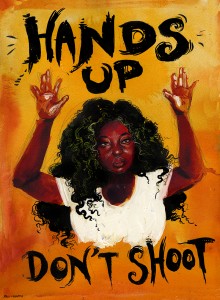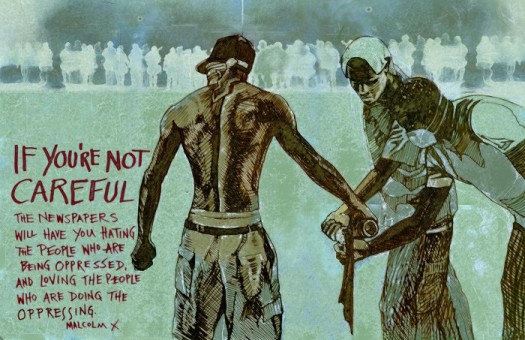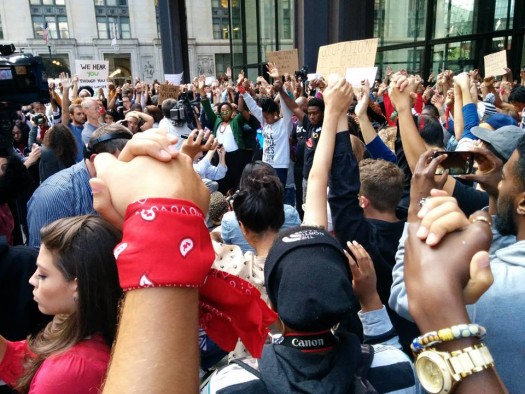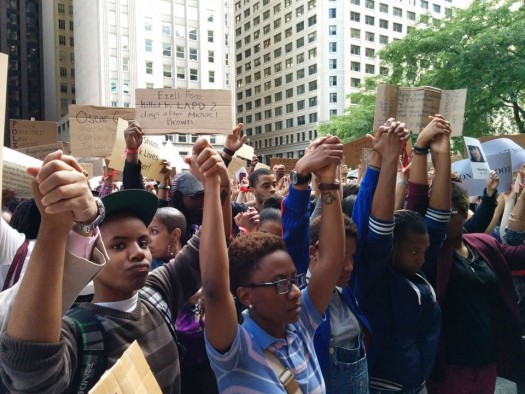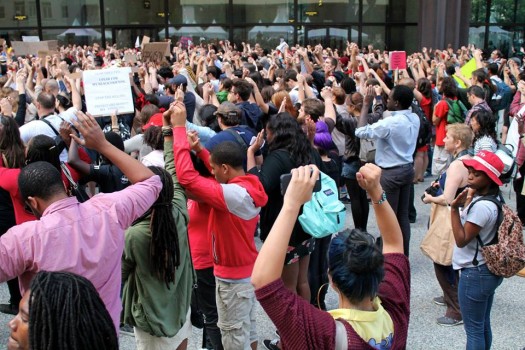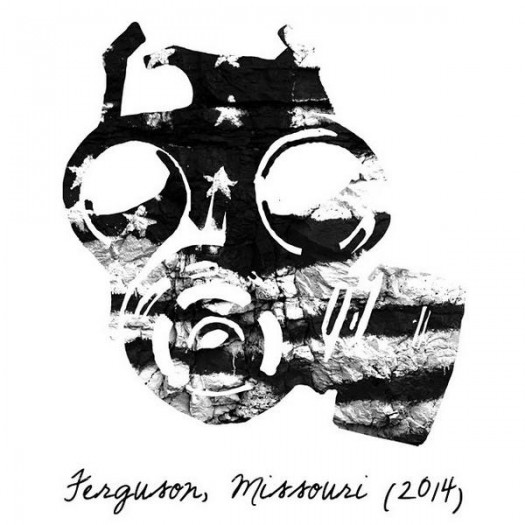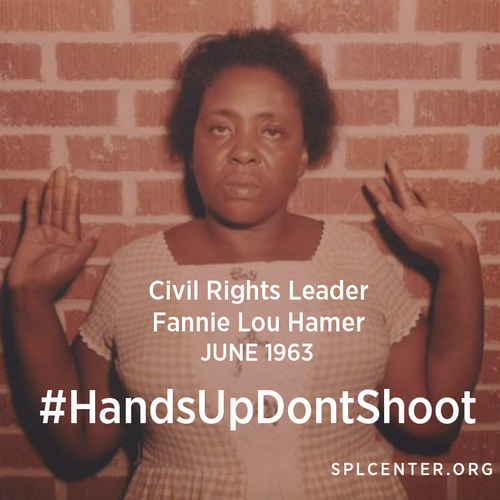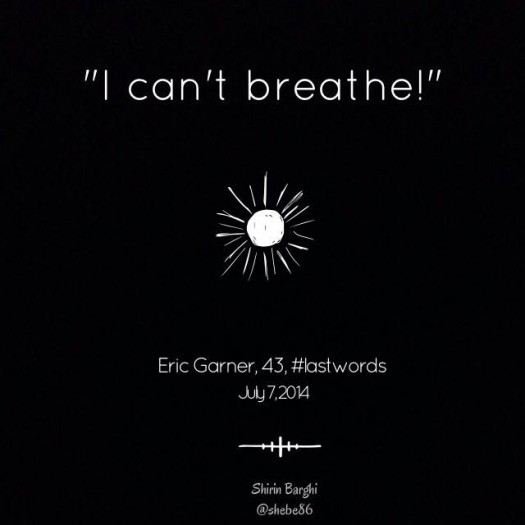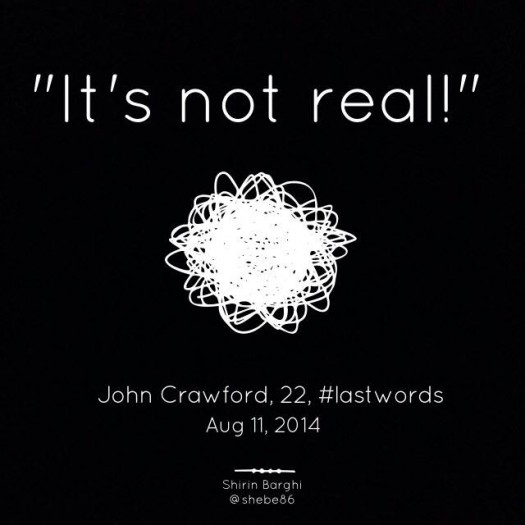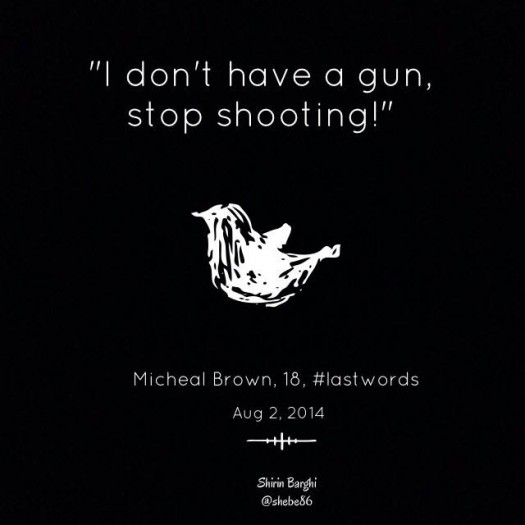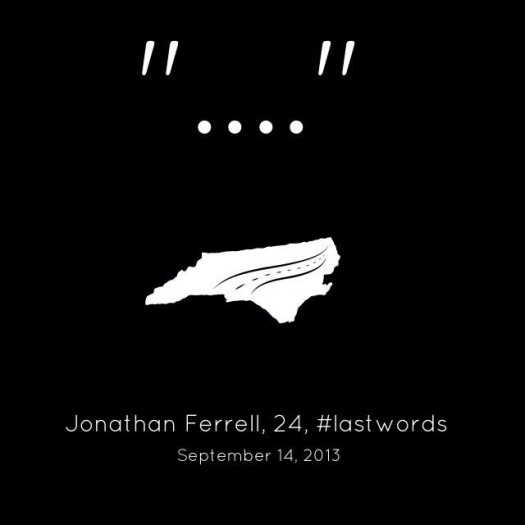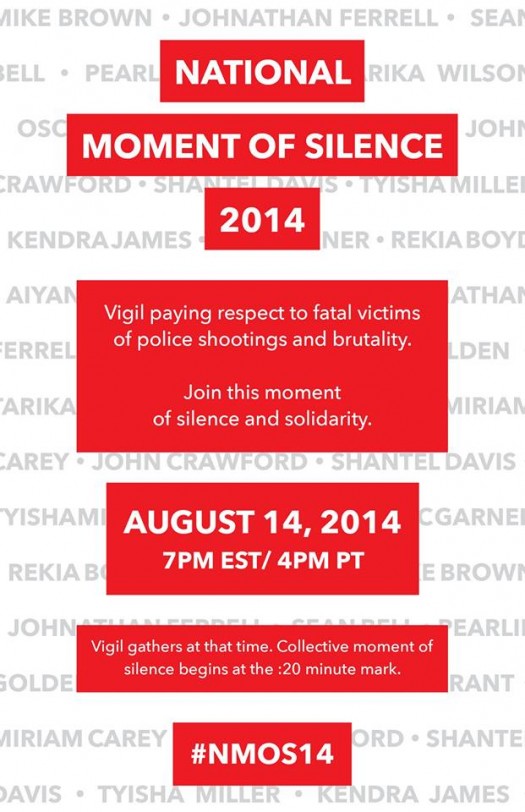#FergusonSyllabus: Talking and Teaching About Police Violence
Regular readers of this blog know that I think, write, and organize a lot around policing and violence. It’s back to school season and many of my educator friends have either already started teaching or will be soon. Police violence is very much in the news lately and many young people want to address the issue (they always do). I and several of my comrades have created several resources that can assist in those conversations. I share them below.
General Questions To Ask About Policing
Who benefits?
Who suffers?
Whose interests are advanced?
Who pays the costs?
Who/What is protected and served?
Who is bullied and brutalized?
How has policing evolved over the years?
Can you envision a world without police?
What might be some alternatives to policing?
Introductory Activities
#1 – 6 Words about Policing and Violence
I have found 6 word stories to be good opening activities (especially if you are limited in terms of time). You can figure out what young people/students already know & think about various issues and can effectively engage a group. I have created an activity that includes watching a video, discussing it, and then facilitating a 6 word story activity. This was created for an event I co-organized last year. Download the instructions HERE (PDF).
If time is an issue, you can substitute the video suggested in the curriculum template with this 2 minute one produced by Buzzfeed using Shirin-Banou Barghi’s powerful series of graphics depicting the last words of unarmed black men killed by police. I shared her graphics here.
Some examples of 6 word stories are:
Walked outside. Did nothing. Cop Harassed. [by me]
Cops said my bruises would fade. [by me]
You can also switch it up by asking students/youth to write a 6 word story for the families of the murdered men featured in Barghi’s graphics as well as others.
#2 – Activity Guide
A couple of years ago, I created an activity guide to help youth workers and educators discuss police violence with young people. You can find some introductory activities there too.
Historical Timelines of Policing
#1 – Interactive Timeline
We focus on political education at Project NIA. As such, we create many resources and tools that can help with that work. A couple of years ago, Lewis Wallace, Jessie Lee Jackson and Megan Milks (3 of our volunteers) created an interactive timeline that covers the history of policing in the U.S. from pre-colonial times to the present. You can find that timeline here.
#2 — Interactive Activity
In addition, Lewis developed an interactive activity about the history of policing and violence that can be downloaded HERE.
#3 — History Zines
In late 2011, I decided to develop a series of pamphlets to inform and educate community members about the longstanding tradition of oppressive policing toward marginalized populations (including some activists and organizers).
This series titled “Historical Moments of Policing, Violence & Resistance” features pamphlets on various topics including: The Mississippi Black Papers, the 1968 Democratic Convention, Resistance to Police Violence in Harlem, the 1937 Memorial Day Massacre, Oscar Grant, the Danziger Bridge Shootings, among others. The pamphlets are available for free downloading here. They are youth-friendly and each publication includes a set of discussion questions.
